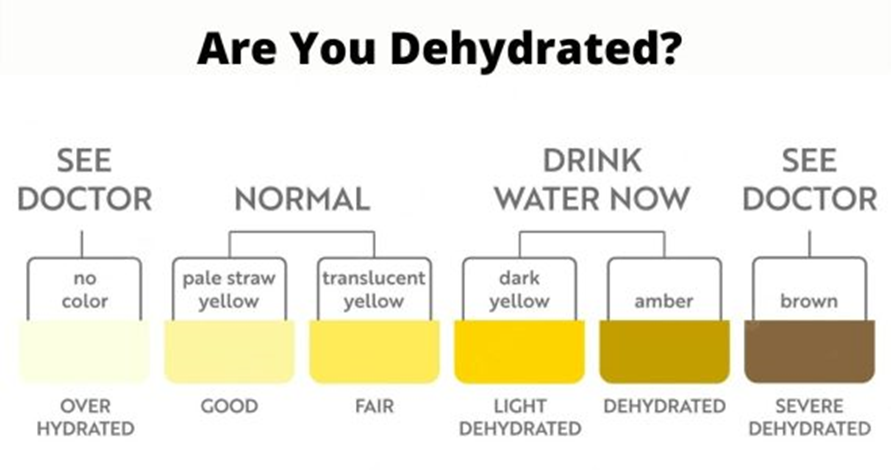Which one of the following is a true statement about mobility and safety for older adults?
The use of restraints on older patients helps prevent injuries from falls.
About 50% to 70% of falls in hospitals occur while transferring between bed and chair.
Falls that do not cause physical injury are not significant.
The get-up-and-go test provides a measure of a patient's energy and initiative.
None of the above.
The Correct Answer is B
Choice A: The use of restraints on older patients helps prevent injuries from falls - This statement is not true. The use of restraints can increase the risk of injury and is generally discouraged¹.
Choice B: About 50% to 70% of falls in hospitals occur while transferring between bed and chair - This statement is true. Transfers are a high-risk activity for falls, and appropriate precautions should be taken¹.
Choice C: Falls that do not cause physical injury are not significant - This statement is not true. Even falls without injury can have significant psychological impacts, leading to fear of falling and reduced mobility¹.
Choice D: The get-up-and-go test provides a measure of a patient's energy and initiative - This statement is not true. The get-up-and-go test is used to assess a person's mobility and balance, not their energy and initiative¹.
Nursing Test Bank
Naxlex Comprehensive Predictor Exams
Related Questions
Correct Answer is D
Explanation
Choice A reason: Evaluating the medication list is a possible step that the nurse can take, as some medications can affect urine concentration or cause dehydration. However, it is not the first step that the nurse should implement, as it does not address the immediate problem of fluid balance.
Choice B reason: Reviewing laboratory reports is another possible step that the nurse can take, as some laboratory tests can indicate the level of hydration or kidney function of the patient. However, it is not the first step that the nurse should implement, as it does not provide a direct assessment of fluid status.
Choice C reason: Increasing oral fluid intake is a potential intervention that the nurse can suggest, as it can help to dilute the urine and prevent dehydration. However, it is not the first step that the nurse should implement, as it may not be appropriate for some patients who have fluid restrictions or other medical conditions.
Choice D reason: Determining fluid volume status is the first step that the nurse should implement, as it can help to identify the cause and severity of urine concentration and guide further actions. The nurse can assess the patient's fluid intake and output, weight, blood pressure, pulse, skin turgor, mucous membranes, and urine specific gravity to determine fluid volume status.

Correct Answer is D
Explanation
Choice A reason: This is incorrect because 120/80 mm Hg is a normal blood pressure, not a high risk factor for diabetes mellitus. High blood pressure, or hypertension, is a common complication of diabetes mellitus, as it can damage the blood vessels and increase the risk of cardiovascular disease. However, having a normal blood pressure does not rule out the possibility of having diabetes mellitus, as other factors, such as blood sugar level, family history, or lifestyle, can also influence the risk.
Choice B reason: This is incorrect because total cholesterol 198 mg/dL is a borderline high cholesterol level, not a high risk factor for diabetes mellitus. High cholesterol, or hyperlipidemia, is a common complication of diabetes mellitus, as it can affect the metabolism of fats and increase the risk of atherosclerosis and cardiovascular disease. However, having a borderline high cholesterol level does not confirm the diagnosis of diabetes mellitus, as other factors, such as blood sugar level, family history, or lifestyle, can also influence the risk.
Choice C reason: This is incorrect because palpable peripheral pulses are a normal finding, not a high risk factor for diabetes mellitus. Peripheral pulses are the pulsations of the arteries that can be felt in the extremities, such as the wrists or ankles. Palpable peripheral pulses indicate that the blood flow to the extremities is adequate and not compromised by diabetes mellitus. However, having palpable peripheral pulses does not rule out the possibility of having diabetes mellitus, as other factors, such as blood sugar level, family history, or lifestyle, can also influence the risk.
Choice D reason: This is correct because 68 years of age is a high risk factor for diabetes mellitus. Age is one of the non-modifiable risk factors for diabetes mellitus, as the risk increases with advancing age. This is because aging can affect the insulin production and sensitivity, as well as the body composition and function. Older adults are more likely to have diabetes mellitus than younger adults, especially if they have other risk factors, such as obesity, family history, or sedentary lifestyle. Therefore, 68 years of age is a high risk factor for diabetes mellitus.
Whether you are a student looking to ace your exams or a practicing nurse seeking to enhance your expertise , our nursing education contents will empower you with the confidence and competence to make a difference in the lives of patients and become a respected leader in the healthcare field.
Visit Naxlex, invest in your future and unlock endless possibilities with our unparalleled nursing education contents today
Report Wrong Answer on the Current Question
Do you disagree with the answer? If yes, what is your expected answer? Explain.
Kindly be descriptive with the issue you are facing.
